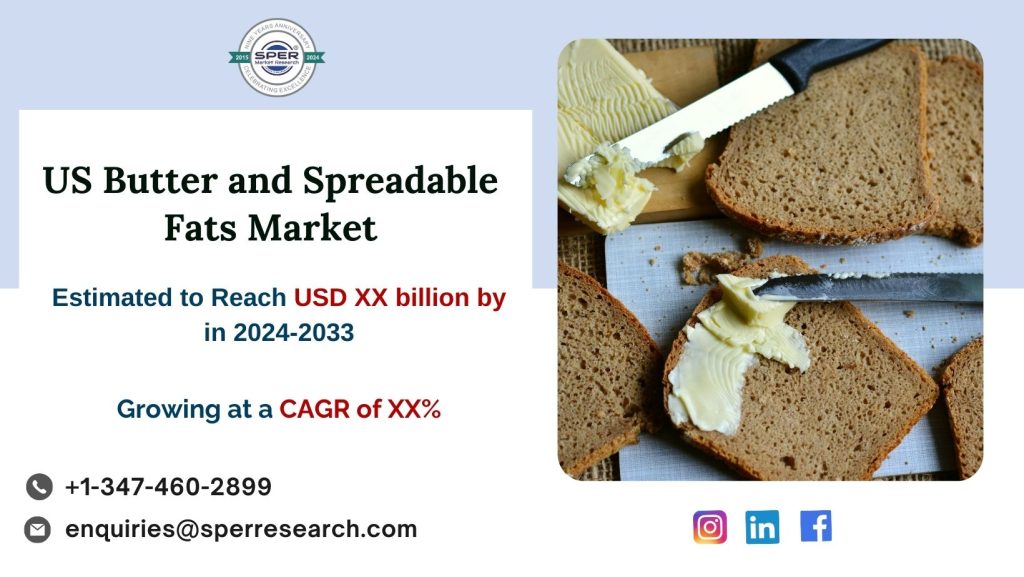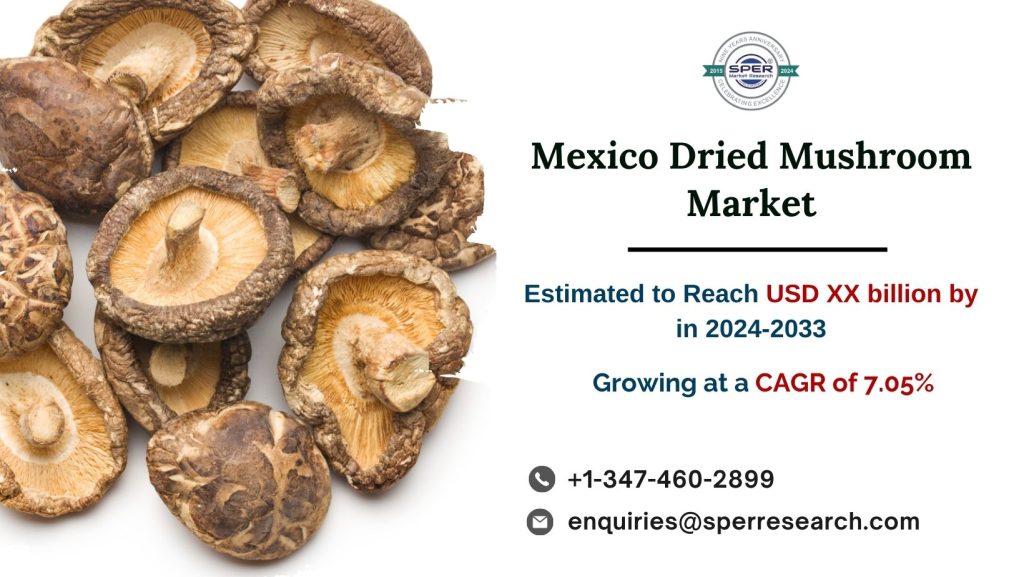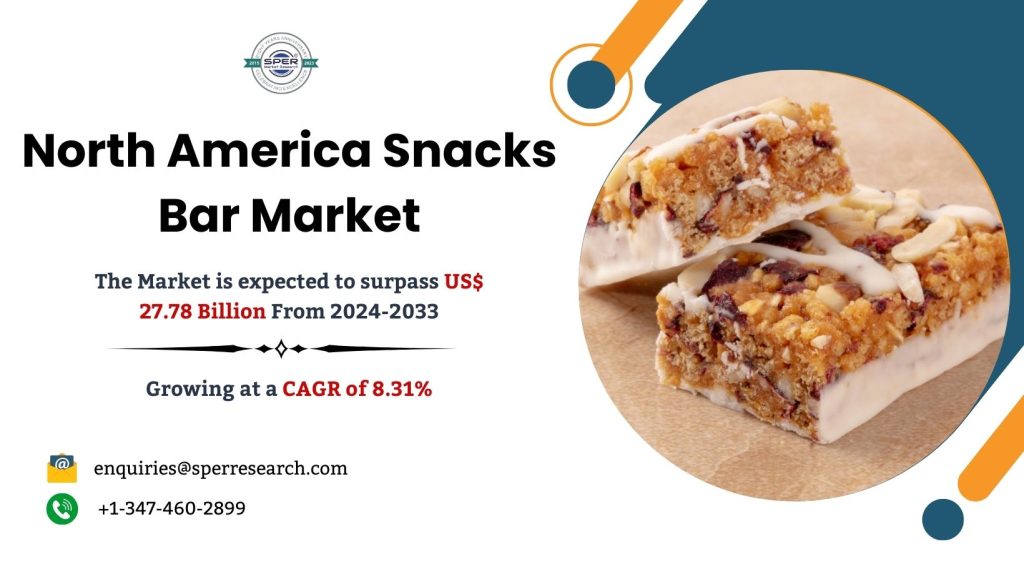“Fast food” is a category of cuisine that is cooked and supplied rapidly, typically via takeaway or drive-thru. Its price and ease of use, together with standard menu items like pizza, fries, hamburgers, and soft drinks, are usually what make it unique. Urbanization, hectic lives, and the growing need for quick meal options have all contributed to the fast food industry’s notable growth since the middle of the 20th century.
According to SPER market research, ‘Asia Pacific Fast Food Market Size- By Product, By End User – Regional Outlook, Competitive Strategies and Segment Forecast to 2033’ state that the Asia Pacific Fast Food Market is predicted to reach USD 280.89 Billion by 2033 with a CAGR of 6.24%.
Drivers:
- Due to factors including consumers’ increasing disposable income and their growing need for convenient and affordable food items, the fast food sector is expected to rise quickly. In recent years, there has been a rise in the consumption and hunger for various fast food items due to the availability of a wide variety of fast food in various locations.
- Among the reasons propelling market expansion are the hectic schedules of consumers and the increasing urbanization and globalization of the world. To attract more customers, a lot of market participants are making their food items using healthy ingredients, like hormone-free meat and organic vegetables.
Request For Free Sample Report @ https://www.sperresearch.com/report-store/asia-pacific-fast-food-market.aspx?sample=1
Challenges: Numerous factors affect the fast food industry’s growth and sustainability in Asia Pacific. The increasing competition from neighborhood food vendors and traditional eateries, who usually offer more affordable and culturally relevant options, is one major issue. Additionally, the desire for better menu alternatives has been sparked by consumers’ increased health consciousness, which has forced fast food companies to alter their offerings while maintaining affordability and speed. Since governments are imposing stricter food safety and labeling laws, which can be costly to comply with, regulatory issues also provide challenges. Supply chain disruptions, exacerbated by events such as the COVID-19 pandemic, can significantly affect the cost and availability of ingredients.
The Asia Pacific fast food industry was significantly impacted by the COVID-19 epidemic, which resulted in notable shifts in consumer behavior and business tactics. Sales initially fell as a result of temporary restaurant closures and decreased foot traffic brought on by stringent lockdowns and health precautions. However, by improving their delivery and takeout options and engaging with customers via digital channels, several fast food restaurants quickly made changes. The outbreak also changed the corporate environment by accelerating the shift to online ordering and contactless payment options. Demand increased as customers looked for more convenient dining options and comfort food as limitations were loosened.
Additionally, some of the market key players are; Domino’s Pizza, Inc., Firehouse Restaurant Group, Inc., Focus Brands LLC (Roark Capital Group)
Asia Pacific Fast Food Market Segmentation:
By Product: Based on the Product, Asia Pacific Fast Food Market is segmented as; Pizza/Pasta, Burgers/Sandwich, Chicken, Asian/Latin American, Seafood, Others.
By End User: Based on the End User, Asia Pacific Fast Food Market is segmented as; Quick-Service Restaurants (QSRs), Fast Casual Restaurants, Others.
By Region: This research also includes data for Eastern, Western, Southern and Northern Region.
This study also encompasses various drivers and restraining factors of this market for the forecast period. Various growth opportunities are also discussed in the report.
For More Information, refer to below link:-
Related Reports:
Follow Us –
LinkedIn | Instagram | Facebook | Twitter
Contact Us:
Sara Lopes, Business Consultant – U.S.A.
SPER Market Research
+1-347-460-2899









